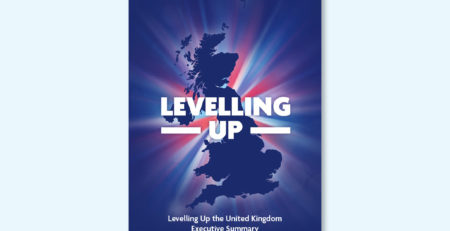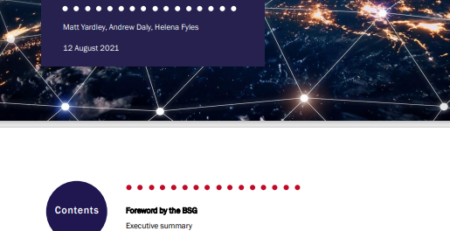Connectivity Scorecard 2009
Leonard Waverman, of the London Business School, recently published the Connectivity Scorecard 2009, a follow-up to a 2008 scorecard he produced.
The scorecard is one of the more comprehensive efforts to benchmark performance, given its global nature and its composite metrics that provide a more useful view of connectivity within a country. Interestingly, the US comes out on top, followed by the Scandinavian countries, the Netherlands, and, also interestingly, the UK.
The UK is able to rank highly because the index is based on usage and skills as well as infrastructure, with different scores and weighting for government, consumers and business. So, while we are behind in terms of consumer infrastructure development, we are ahead on usage, particularly by businesses.
We do, however, score fairly lowly on government infrastructure and usage, which will be of concern given Digital Britain’s focus on moving government services online, enabled by a broadband universal service commitment. A country report is available on the scorecard’s website.
The scorecard provides a more useful and holistic view of a country’s performance than other examples such as the OECD league tables, which are often based on one or two specific measures and normally based on infrastructure comparison, rather than usage and skills. However, as always with such an index, data quality can be an issue, and the range of sources available for measuring each country against a specific metric will be limited and vary in reliability.
In Pipe Dreams we called for international benchmarking of the UK’s broadband performance; the need for this was re-iterated by the Caio Review. This scorecard isn’t perfect, but is one of the best efforts out there. The approach should certainly be of interest to public and regulatory policymakers as the UK’s NGA debate continues.
Peter Shearman, Policy Manager, BSG





